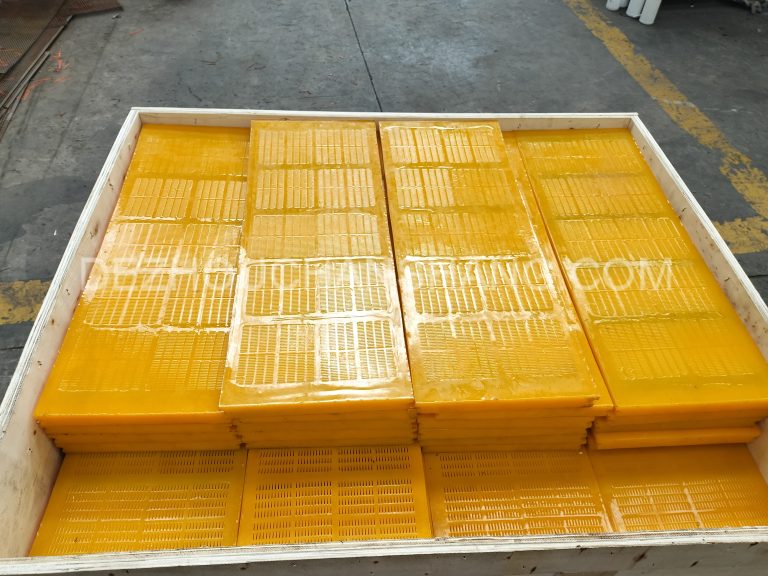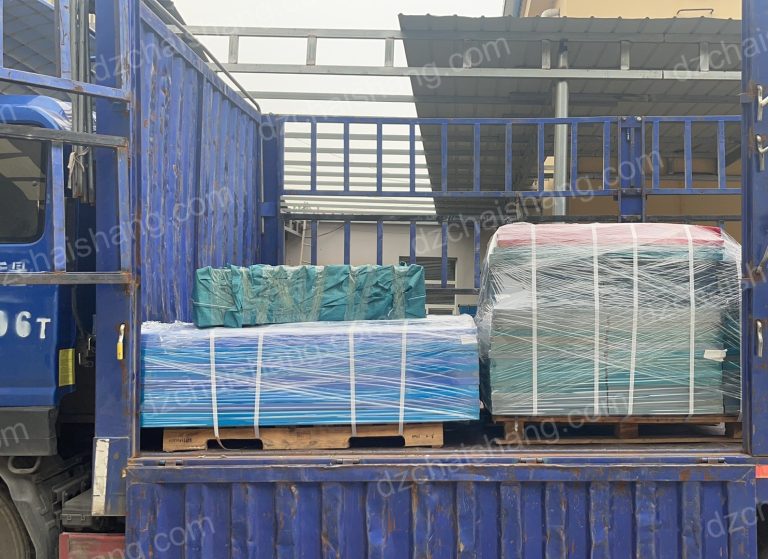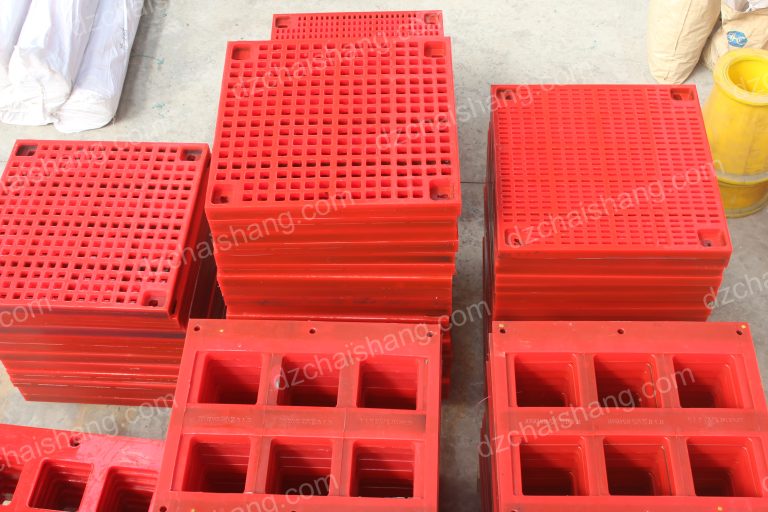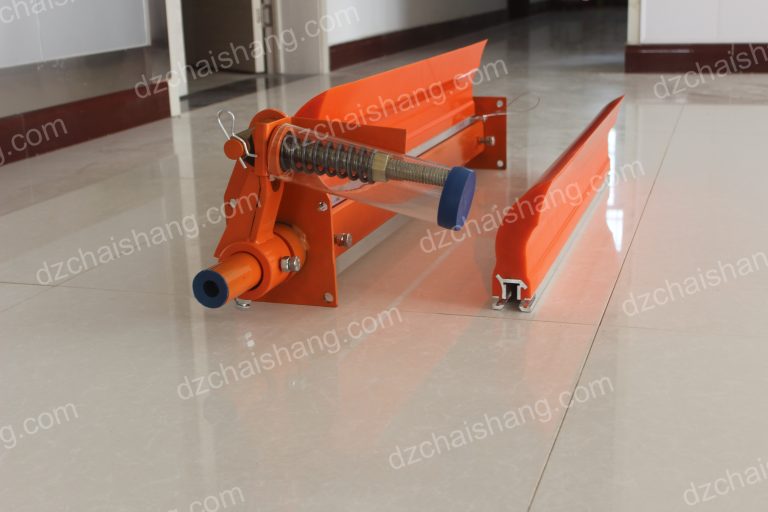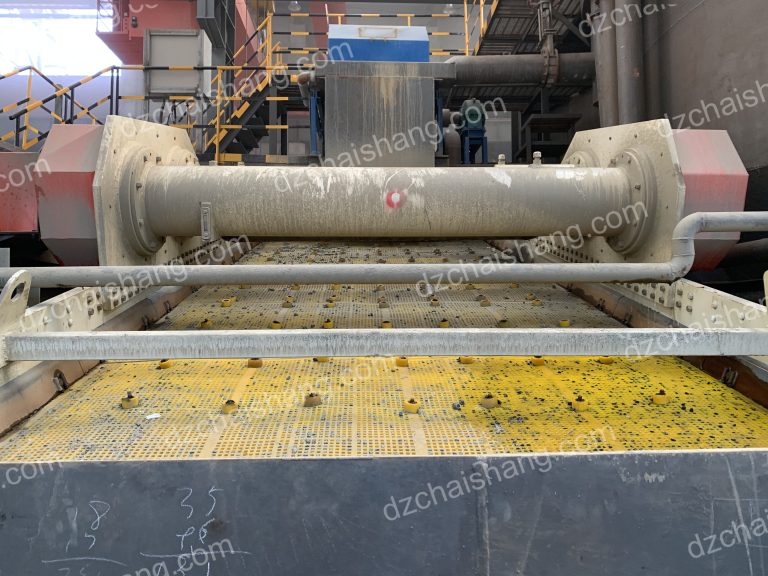Steinbruchsiebgewebe, Siebgewebe zum Verkauf, Schüttelsiebgewebe
Der ultimative Leitfaden für Siebgewebe für Steinbrüche: Auswahl, Wartung und Effizienz Der ultimative Leitfaden für Steinbruch-Siebgewebe: Auswahl, Wartung und Effizienz Im Bereich…
Der ultimative Leitfaden für Siebgewebe für Steinbrüche: Auswahl, Wartung und Effizienz
Der ultimative Leitfaden für Steinbruch-Siebgewebe: Auswahl, Wartung und Effizienz
Im Bereich der Mineralverarbeitung und des Steinbruchs kann die Bedeutung der Auswahl des richtigen Siebgewebes nicht genug betont werden. Steinbruchsiebgewebe sind eine zentrale Komponente im Siebprozess, da sie unterschiedlich große Partikel trennen und die Gewinnung wertvoller Mineralien erleichtern. Daher ist es für Betreiber, die die Effizienz und Produktivität ihres Betriebs steigern möchten, von entscheidender Bedeutung, die Feinheiten der zum Verkauf stehenden Siebgewebe und Rüttelsiebgewebe zu verstehen.
Siebgewebe werden aus verschiedenen Materialien hergestellt, darunter Stahl, Edelstahl, Polyurethan und Gummi. Jedes bietet unterschiedliche Vorteile. Stahlnetze sind für ihre Festigkeit und Haltbarkeit bekannt und eignen sich daher ideal für Hochleistungsanwendungen. Edelstahlgewebe sind korrosionsbeständig und eignen sich daher für den Einsatz in Umgebungen mit Feuchtigkeit oder Chemikalien. Polyurethan- und Gummisiebe hingegen sind für ihre Flexibilität und Geräuschreduzierung bekannt, was in bestimmten Umgebungen von Vorteil sein kann.
Bei der Auswahl eines Steinbruchsiebgewebes muss man die Abrasivität des Materials, die gewünschte Partikelgrößenverteilung und und die spezifischen Anwendungsanforderungen. Ein Netz mit größeren Öffnungen ermöglicht möglicherweise einen höheren Durchsatz, könnte jedoch die Qualität des Endprodukts beeinträchtigen, indem größere, unerwünschte Partikel durchgelassen werden. Umgekehrt kann eine feinere Maschenweite zu einer präziseren Trennung führen, kann jedoch die Durchflussrate verringern und möglicherweise zu erhöhtem Verschleiß führen.
Das Webmuster des Siebgewebes ist ein weiterer kritischer Faktor. Quadratmaschen werden häufig wegen ihres unkomplizierten Designs und ihrer Effektivität bei der einheitlichen Größenbestimmung verwendet. Für komplexere Anwendungen können jedoch geschlitzte oder längliche Maschen eingesetzt werden, um den Siebprozess für längliche Partikel zu optimieren.
Sobald das geeignete Siebgewebe ausgewählt ist, ist die Wartung der nächste entscheidende Schritt, um Langlebigkeit und Leistung sicherzustellen. Regelmäßige Kontrollen auf Abnutzungserscheinungen wie Löcher oder Risse sind unerlässlich. Beschädigte Abschnitte sollten umgehend repariert oder ersetzt werden, um eine weitere Verschlechterung und mögliche Kontamination des gesiebten Materials zu verhindern. Darüber hinaus ist die Reinigung des Siebgewebes zur Vermeidung von Verstopfungen, bei denen Partikel die Öffnungen verstopfen, für die Aufrechterhaltung der Siebeffizienz von entscheidender Bedeutung.
Bediener sollten auch die Spannung des Siebgewebes berücksichtigen. Die richtige Spannung ist unbedingt erforderlich, um ein Durchhängen zu verhindern, das zu einer ungenauen Partikelgröße und einer verringerten Effizienz führen kann. Eine Überspannung kann jedoch den Verschleiß beschleunigen und zu einem vorzeitigen Ausfall des Netzes führen. Daher wird empfohlen, die Richtlinien des Herstellers zum Spannen zu befolgen.
Die Effizienz des Siebprozesses hängt nicht nur vom Siebgewebe selbst ab, sondern auch von der Konstruktion und dem Betrieb des Rüttelsiebs. Rüttelsiebe sind so konzipiert, dass sie mit bestimmten Frequenzen und Amplituden vibrieren, um die Bewegung von Partikeln über die Sieboberfläche zu erleichtern. Die Bewegung kann je nach Gerätekonstruktion entweder linear oder kreisförmig sein. Um die gewünschte Trenneffizienz zu erreichen, muss sichergestellt werden, dass das Rüttelsieb innerhalb der optimalen Parameter arbeitet.
Zusammenfassend lässt sich sagen, dass die Auswahl, Wartung und effiziente Nutzung von Steinbruchsiebgeweben von grundlegender Bedeutung für den Erfolg von Mineralaufbereitungsvorgängen ist. Durch sorgfältige Berücksichtigung des Materials, des Webmusters und der Anwendungsanforderungen können Betreiber das am besten geeignete Siebgewebe auswählen. Durch sorgfältige Wartung und ordnungsgemäßen Betrieb von Rüttelsieben können die Langlebigkeit und Leistung des Siebgewebes maximiert werden, was zu einem produktiveren und kostengünstigeren Siebprozess führt. Daher ist die Investition von Zeit und Ressourcen in das Verständnis und die Verwaltung von Siebgeweben eine kluge Entscheidung, die für Steinbruchbetreiber erhebliche Gewinne bringen kann.
shaker screen mesh zum Verkauf: So wählen Sie das richtige für Ihr Projekt aus
Steinbruchsiebgewebe, auch als Schüttelsiebgewebe bekannt, spielt eine zentrale Rolle in der Bergbau- und Bauindustrie. Dieses spezielle Siebgewebe wurde entwickelt, um Steine, Kies und andere unerwünschte Materialien herauszufiltern und so die Gewinnung wertvoller Mineralien und Steine zu ermöglichen. Da es eine große Auswahl an Siebgeweben zum Verkauf gibt, kann die Auswahl des richtigen Siebgewebes für Ihr Projekt eine entmutigende Aufgabe sein. Allerdings kann das Verständnis der zu berücksichtigenden Schlüsselfaktoren den Prozess erheblich rationalisieren und sicherstellen, dass Sie ein Netz auswählen, das Ihren spezifischen Anforderungen entspricht.
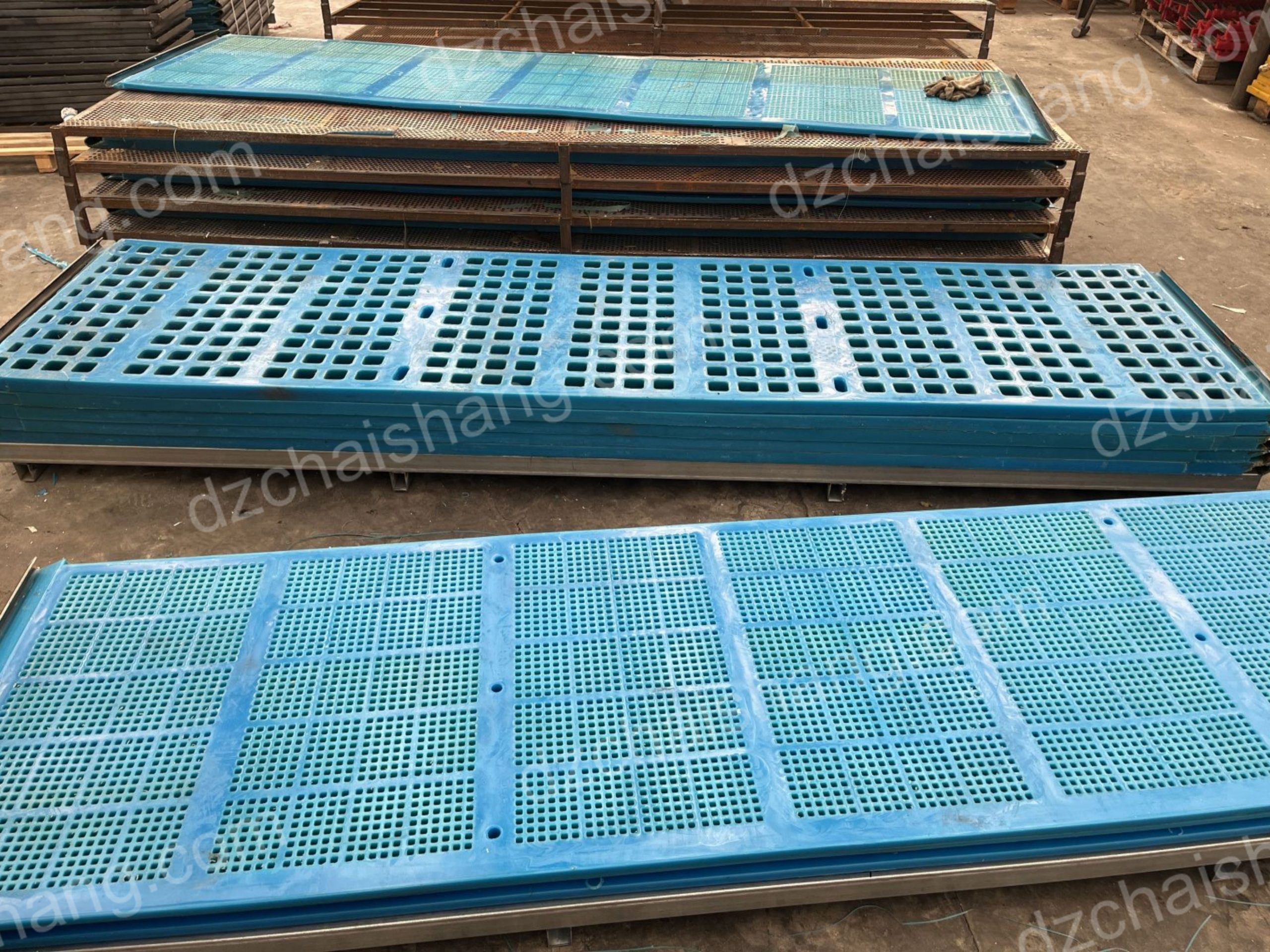
Der erste Schritt bei der Auswahl des richtigen Rüttelsiebgewebes besteht darin, die Materialzusammensetzung zu berücksichtigen. Siebgewebe werden aus verschiedenen Materialien hergestellt, darunter Edelstahl, Kohlenstoffstahl, Polyurethan und Gummi. Jedes Material bietet unterschiedliche Vorteile. Beispielsweise ist Edelstahl für seine Langlebigkeit und Korrosionsbeständigkeit bekannt, was ihn zur idealen Wahl für Projekte mit rauen Umgebungsbedingungen macht. Andererseits bieten Polyurethan und Gummi eine hervorragende Flexibilität und eignen sich besser für Anwendungen, bei denen Vibrationen ein Problem darstellen.
Ein weiterer wichtiger Faktor, der berücksichtigt werden muss, ist die Maschenweite. Die Größe der Öffnungen im Netz bestimmt die Größe der Partikel, die herausgefiltert werden. Es ist wichtig, eine Maschenweite zu wählen, die den Spezifikationen Ihres Projekts entspricht. Wenn das Netz zu grob ist, können kleinere Partikel durchdringen, was die Qualität des Materials beeinträchtigen kann. Umgekehrt kann eine zu feine Maschenweite zu unnötigen Verstopfungen führen und den Siebprozess verlangsamen. Daher ist das Verständnis der Partikelgrößenverteilung des Materials, mit dem Sie arbeiten, von entscheidender Bedeutung für die Auswahl der geeigneten Maschenweite.
Die Webart des Steinbruchsiebgewebes ist ebenfalls ein wichtiger Gesichtspunkt. Der Webtyp beeinflusst die Stärke, Flexibilität und Filtergenauigkeit des Bildschirms. Zu den gängigen Webarten gehören quadratische, rechteckige und geschlitzte Webarten. Karreegewebe zeichnen sich durch ihre hohe Festigkeit aus und eignen sich für schwere Anwendungen. Rechteckige Gewebe bieten eine größere offene Fläche und eignen sich daher ideal für Anwendungen, die einen hohen Durchsatz erfordern. Schlitzgewebe mit länglichen Öffnungen sollen ein Verstopfen verhindern und eignen sich besonders zum Sieben länglicher Partikel.
Haltbarkeit ist ein weiterer wichtiger Aspekt, der bei der Auswahl eines Rüttelsiebgewebes berücksichtigt werden muss. In der Bergbau- und Bauindustrie sind strenge Prozesse erforderlich, die zur schnellen Abnutzung von Siebgeweben führen können. Daher ist die Auswahl eines Netzes, das den Anforderungen Ihres Projekts standhält, von entscheidender Bedeutung. Zu den Faktoren, die zur Haltbarkeit eines Siebgewebes beitragen, gehören die Zugfestigkeit, die Abriebfestigkeit und die Fähigkeit, hohen Temperaturen und Chemikalien standzuhalten.
Abschließend ist es wichtig, den Lieferanten des Siebgewebes zu berücksichtigen. Ein seriöser Lieferant bietet nicht nur eine große Auswahl an hochwertigen Siebgeweben an, sondern gibt auch wertvolle Ratschläge zum besten Gewebetyp für Ihre spezifische Anwendung. Sie sollten auch After-Sales-Support anbieten, einschließlich Installationsanleitungen und Wartungstipps.
Zusammenfassend lässt sich sagen, dass die Auswahl des richtigen Steinbruchsiebgewebes eine wichtige Entscheidung ist, die sich erheblich auf die Effizienz und den Erfolg Ihres Projekts auswirken kann. Durch sorgfältige Berücksichtigung der Materialzusammensetzung, der Maschenweite, der Webart, der Haltbarkeit und des Rufs des Lieferanten können Sie sicherstellen, dass Sie ein Rüttelsiebgewebe auswählen, das den spezifischen Anforderungen Ihres Projekts entspricht. Mit dem richtigen Siebgewebe können Sie eine optimale Siebleistung erzielen und so die Gesamtproduktivität und Rentabilität Ihres Betriebs steigern.

